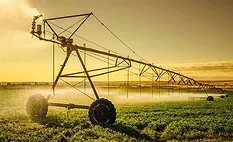
How to Create a Culture of Food Safety
Delivering safe and high-quality food must be a top priority for everyone involved in the food industry, from food manufacturers and suppliers to grocery stores and restaurants, and from CEOs and CFOs to manufacturing plant workers. Food manufacturers can eliminate the risk of food contamination anywhere along the supply chain by creating a culture of food safety.





